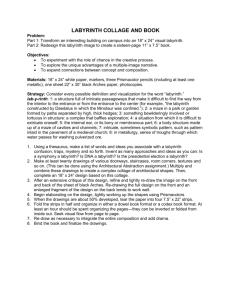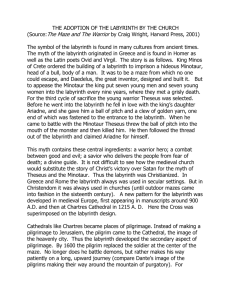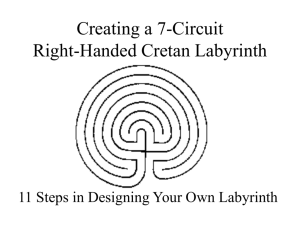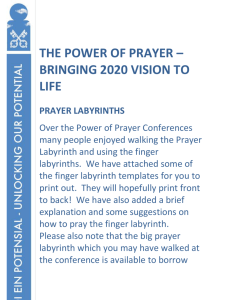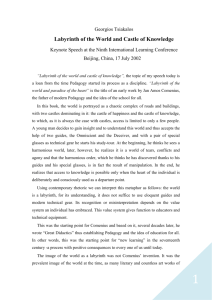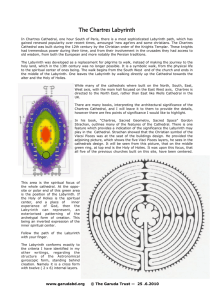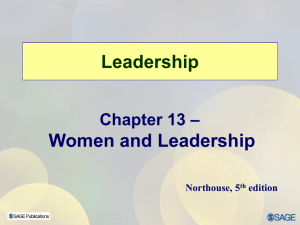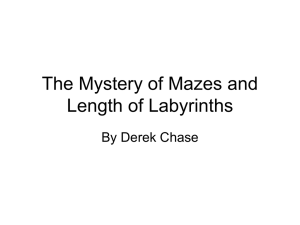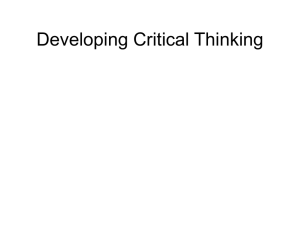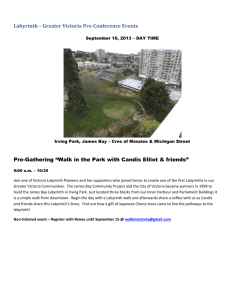The Labyrinth - University of Winchester
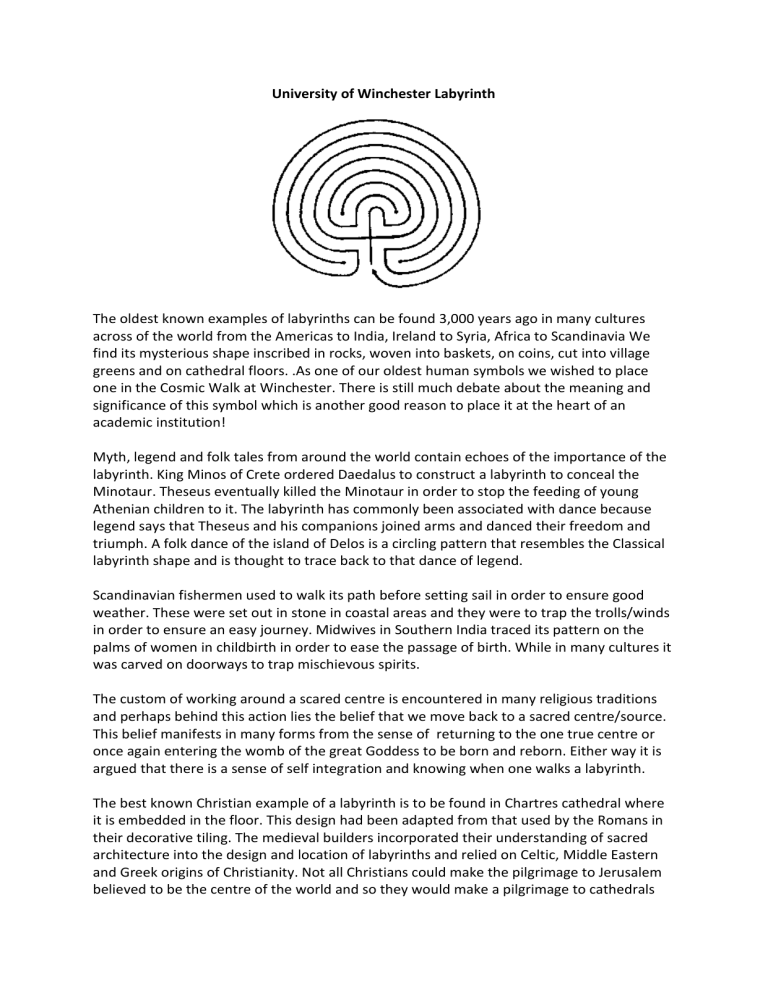
University of Winchester Labyrinth
The oldest known examples of labyrinths can be found 3,000 years ago in many cultures across of the world from the Americas to India, Ireland to Syria, Africa to Scandinavia We find its mysterious shape inscribed in rocks, woven into baskets, on coins, cut into village greens and on cathedral floors. .As one of our oldest human symbols we wished to place one in the Cosmic Walk at Winchester. There is still much debate about the meaning and significance of this symbol which is another good reason to place it at the heart of an academic institution!
Myth, legend and folk tales from around the world contain echoes of the importance of the labyrinth. King Minos of Crete ordered Daedalus to construct a labyrinth to conceal the
Minotaur. Theseus eventually killed the Minotaur in order to stop the feeding of young
Athenian children to it. The labyrinth has commonly been associated with dance because legend says that Theseus and his companions joined arms and danced their freedom and triumph. A folk dance of the island of Delos is a circling pattern that resembles the Classical labyrinth shape and is thought to trace back to that dance of legend.
Scandinavian fishermen used to walk its path before setting sail in order to ensure good weather. These were set out in stone in coastal areas and they were to trap the trolls/winds in order to ensure an easy journey. Midwives in Southern India traced its pattern on the palms of women in childbirth in order to ease the passage of birth. While in many cultures it was carved on doorways to trap mischievous spirits.
The custom of working around a scared centre is encountered in many religious traditions and perhaps behind this action lies the belief that we move back to a sacred centre/source.
This belief manifests in many forms from the sense of returning to the one true centre or once again entering the womb of the great Goddess to be born and reborn. Either way it is argued that there is a sense of self integration and knowing when one walks a labyrinth.
The best known Christian example of a labyrinth is to be found in Chartres cathedral where it is embedded in the floor. This design had been adapted from that used by the Romans in their decorative tiling. The medieval builders incorporated their understanding of sacred architecture into the design and location of labyrinths and relied on Celtic, Middle Eastern and Greek origins of Christianity. Not all Christians could make the pilgrimage to Jerusalem believed to be the centre of the world and so they would make a pilgrimage to cathedrals
that had labyrinths where they would walk the labyrinth to the centre as an equivalent to making the pilgrimage to Jerusalem. Often pilgrims would walk the labyrinth on their knees as a way of penance and the start of a new life.
In certain French churches during the medieval period choral dances were ritually performed in the labyrinth at Easter. One included throwing a ball between the Dean and the canons– we don’t know what this was meant to symbolise.
One of the most ancient turf labyrinths in England is at Alkborough in South Humberside.
Legend has it that it was cut by the Benedictines monks who lived nearby between 1080 and 1220 and that the knights who killed Thomas Beckett went there to walk it having been ordered to go to Jerusalem to make penance.
People walked the labyrinth on the eve of their baptism or confirmation, during Holy Week and as a meditative illustration of their own spiritual journeys or of the life of Christ..
However after the medieval period the spiritual use of labyrinths within Christianity was mostly forgotten and between the 17th and 19th century many were destroyed. Their use in a variety of religious/spiritual settings has been revived in recent years and the labyrinth at
Winchester is offered a space of reflection.
Walking the labyrinth
Relax & sink into the earth
Breathe steadily and deeply
Take one step, then another, then another
Feel your body move
Enjoy the moment until you reach the centre
STOP. STAND STILL. STILL IN A TURNING WORLD.
Turn and retrace your steps
Within becoming without, inverted and mirrored
Inside out and back to front, unravelling what has been woven, revealing what is hidden.
When you reach the exit
Step out
Reborn.
The future has begun.
